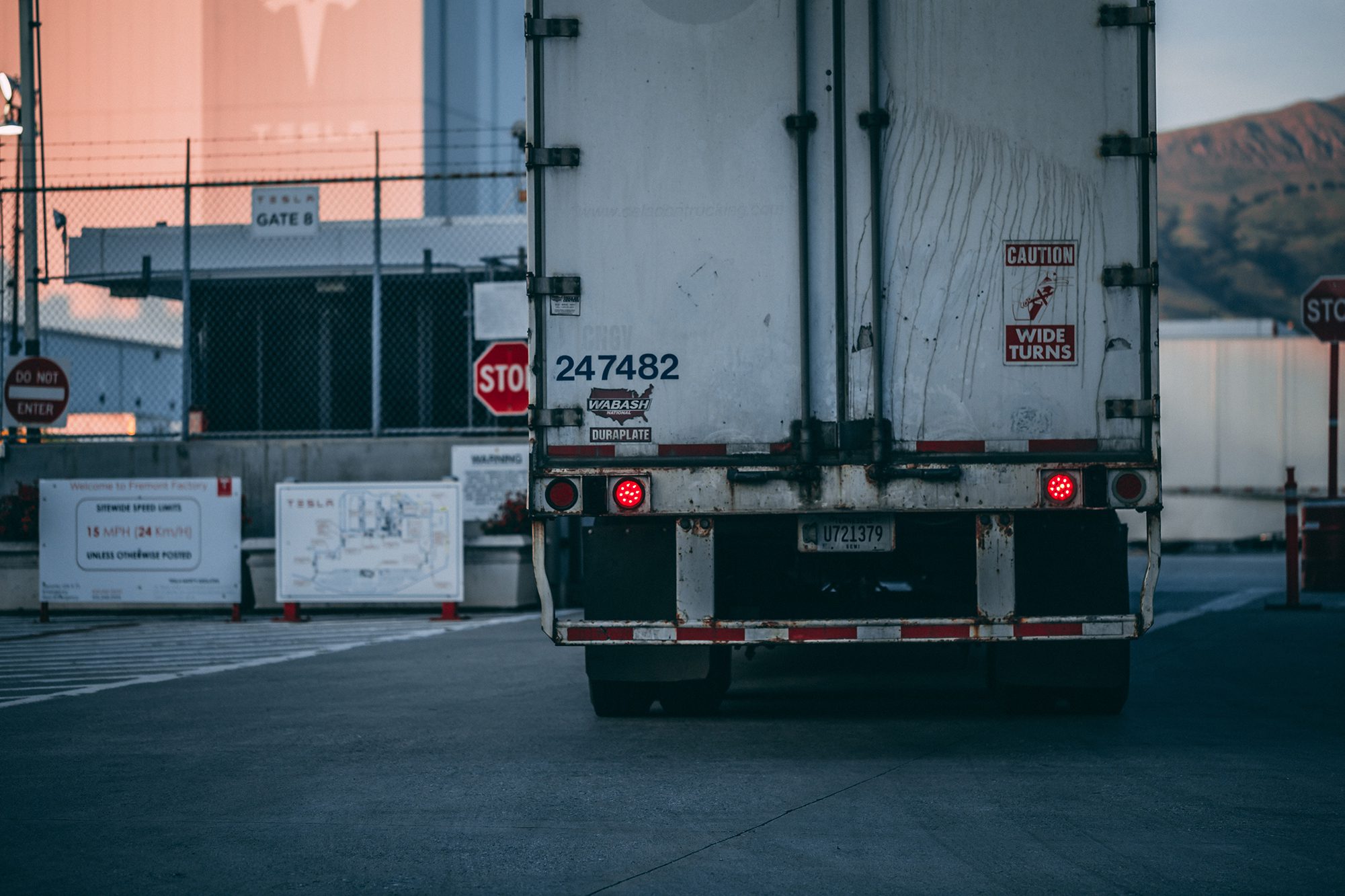PEI greeted them with potato chips. When the Atlantic bubble officially opened at 12:01 am July 3, it finally meant that residents of all four Atlantic provinces could visit each other without having to isolate for two weeks.
By Carter Hammett
The anticipation this was greeted with was reflected in the hundreds of vehicles clogging borders – each province has its own entry rules – entering and exiting provinces. Many were visiting families and loved ones not seen in months. Others longing for a break from lockdown.
PEI has perhaps the most stringent rules for entry. Travellers entering the province are told they must fill out a declaration form in advance which provides evidence of residency in Atlantic Canada while also asking health questions.
At the New Brunswick border meanwhile, some travellers reported vehicles simply being waved through without being checked by the Department of Public Safety on the very first day. Truckers reported that officials were allowing all vehicles in and being permitted to bypass the station for health checks and screening.
While each province has its own rules, every province in the region is supposed to be checking travellers for proof of residency. NB visitors are supposed to answer questions about COVID19 symptoms and their recent travel history. Furthermore, officers are also supposed to obtain travellers’ contact info for health purposes in the event of another outbreak. An NB government spokesperson later said the province made the decision to forego screening since traffic volume presented a safety concern.
And while many were delighted at being able to get “oot and aboot” some truck drivers faced significant border delays. The action stimulated calls for a clearly marked and enforced lane for truckers only.
The jams and delays extended to essential workers as well. Other issues included truckers running out of time on their electronic logs or delivering their products late. A big part of the problem included the fact that commercial and personal vehicles were getting stirred into one lane.
And while improvements were gradually being made, truckers said a bigger focus should have been placed on commercial vehicles, which could have avoided the chaos in the first place.
Nova Scotia, meanwhile, is quick to point out that its borders have never been closed to visitors, so long as they self-isolated for two weeks. And since July 3, those visitors have been able to travel freely within the four Maritime provinces once their isolation is finished.
And while New Brunswick suspended requirements late June for out-of-province workers to self-isolate, NS still as of this writing, requires workers living in the province but working elsewhere to self-isolate for 14 days upon returning home.
Not everyone has greeted the open borders warmly. Some epidemiologists stated they felt the closing of the Atlantic bubble made little sense, with some citing an inconsistent policy around border management as a major concern. Some havegone so far as to say that the two-week self- isolation requirement is a guesstimate based on the estimated incubation period of the virus.
That said, it’s estimated that outbreaks in the Atlantic region will nonetheless be low. If there is a second wave, it’ll likely be caused by international travellers.
In August, the bubble expanded a little bit further with two Quebec areas on the New Brunswick border allowed to enter that province without the need to self-isolate. NB still limits who is allowed to enter the province, although various reasons are acceptable.
Bless the Atlantic region for taking the initiative and opening its borders if only to each other. At this point it’s a guessing game about how to “normalize the new normal.” But there’s no guarantees when it comes to public health and safety and the provinces have to be prepared to put emergency measures in place should a second wave surface.
Keep on truckin’ folks. Just do it with caution.

